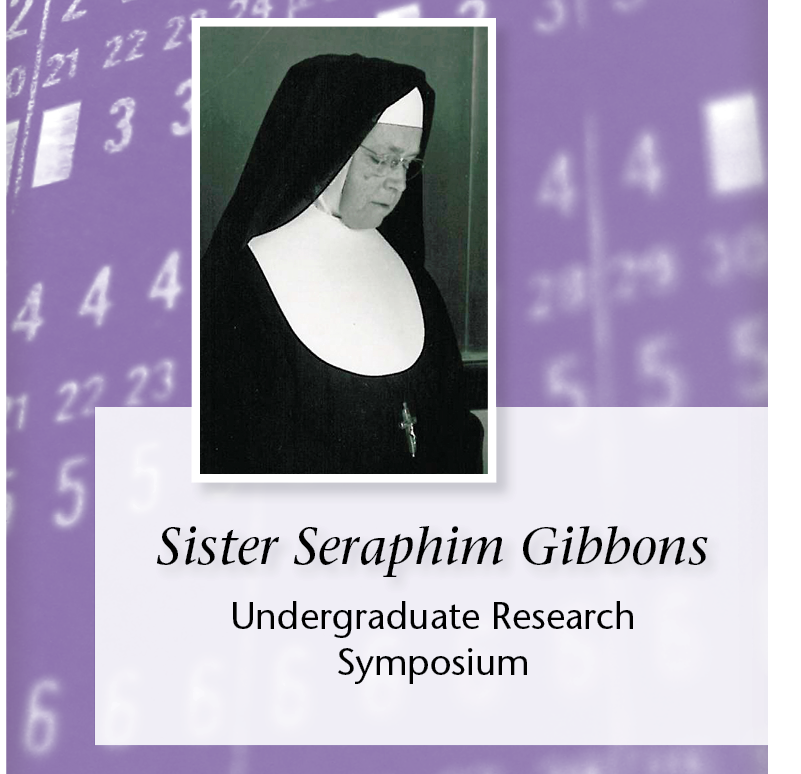Spatio-Temporal Image Correlation
Faculty Advisor
Sue Hummel, Tammi Wiesner and Erick Agrimson
Department
Sonography
Spatio-Temporal Image Correlation
Spatio-temporal image correlation (STIC) is a new and simple clinical assessment of the fetal heart. Using 3D imaging can give you better results because you can see depth in your images, and better see the volume of blood through the heart. The system analyzes the stored images and, based on Spatio-temporal correlation, creates a 4D model of the heart beating along with the surrounding structures. STIC facilitates the detection of the fetal heart anomalies during routine obstetrical exams, which proves to offer a more comprehensive assessment of the fetal heart morphology and relationship of the great vessels. The amount of data stored from the single volume sweep is amazing, over 1,000 2D images to create a 4D model. The user can digitally store the acquired data, re-optimize and re-slice them at any time. These data files can also be transferred to or from any facility for a second opinion. There are 4 main benefits of Spatio-temporal image correlation. First off, the patient cooperation is only needed for a routine sweep, which is around 7 – 15 seconds. Next you can take 2D images and they are put into a 4D model. After this section is complete you can take the image and review, re-slice,and re-optimize without patient being present. The last benefit is that you can send these images to other facilities for more expertise. Once the user becomes comfortable with the 3D transducer, these should be added to the routine checkup for OB/GYN scans. STIC technology may play a large role in earlier and more successful diagnoses of fetal heart abnormalities.
